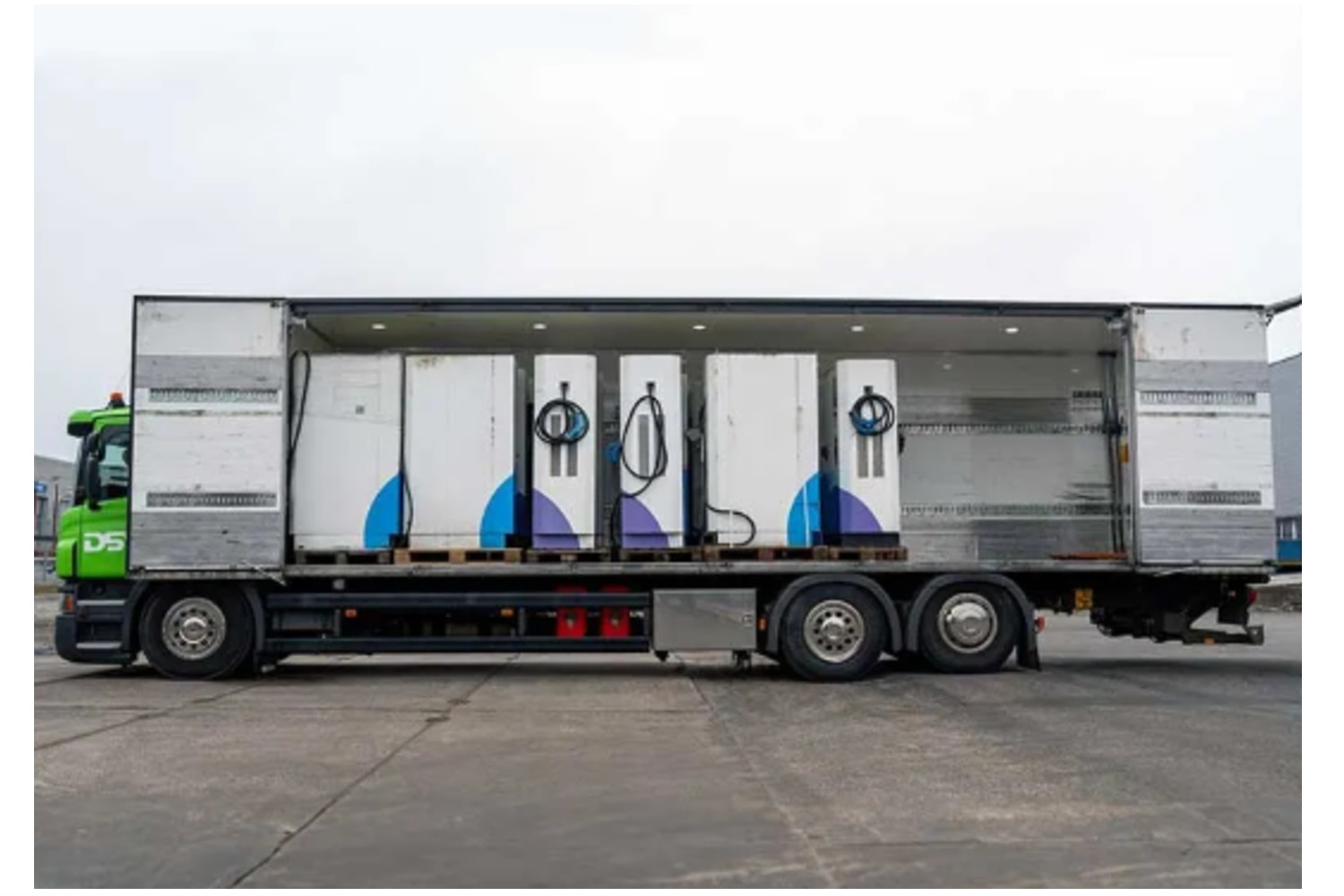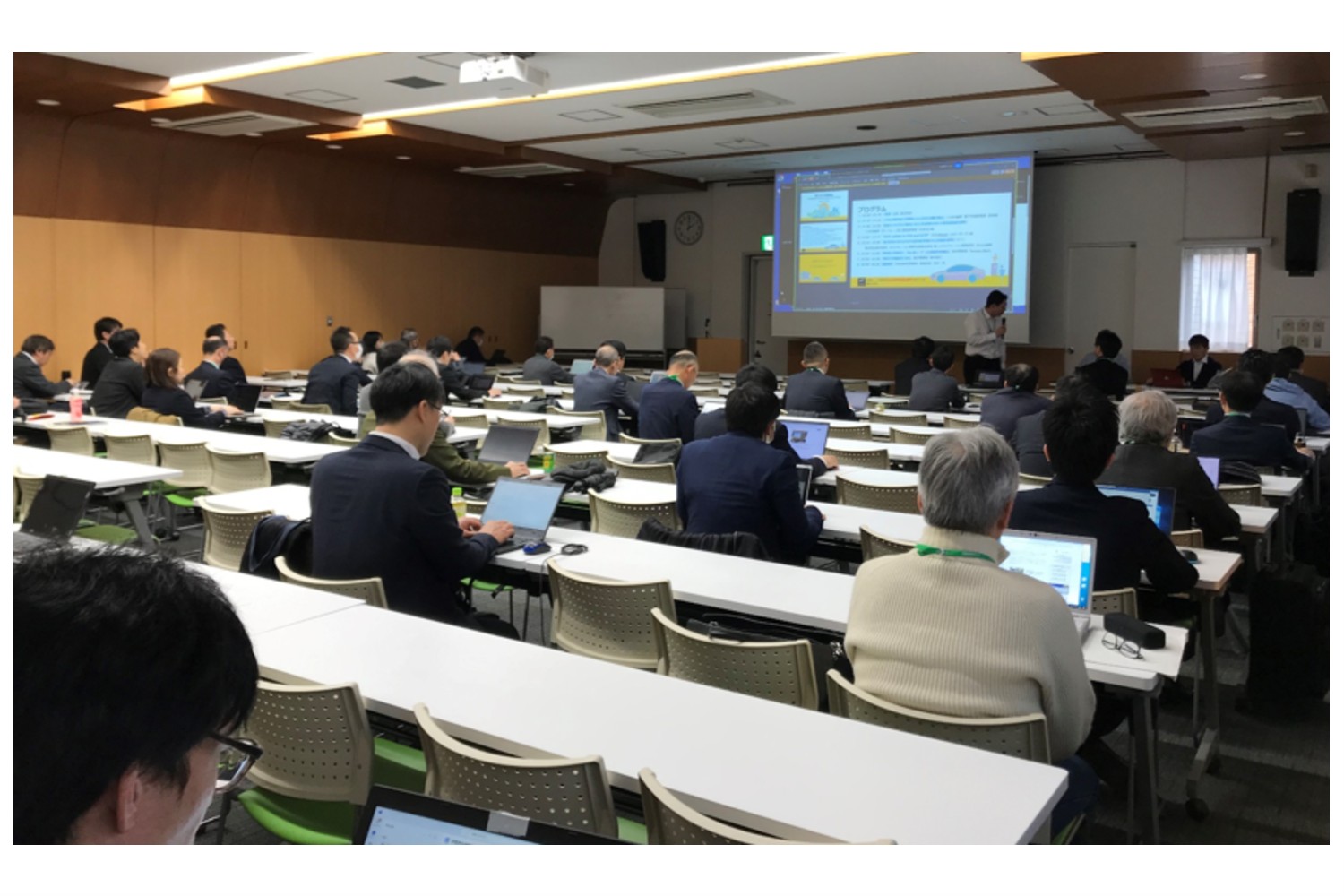Project Sciurus, part of the Vehicle-to-Grid (V2G) competition funded by the UK Department for Business Energy and Industrial Strategy (BEIS) and the Office for Zero Emission Vehicles (OZEV), in partnership with InnovateUK, has been the world’s largest residential V2G demo project, realised with the participation of Cenex, OVO energy, Nissan and Indra.
In the White Paper published in January 2021, the project team sums up the key learning points from this world’s largest residential real-live V2G trial.
During this project, 325 real homes across the UK were equipped with an Indra (CHAdeMO member) wall-mounted domestic V2G charge point (CHAdeMO certified of course) and a customer app (to monitor EV import/export, programme ‘ready by’ times, set a preferred charging range for the battery, and boost charging in the event the user needs to use the car on a short notice). Their real lie charging/discharging was monitored by Kaluza’s (CHAdeMO member) Intelligent Energy Platform, which decides the best charging schedules to follow, based on the user needs and the markets.
OVO Energy provided a simple proposition: the EV users were paid 30p (€ 0.34) per kWh of energy exported from the property or 26p (€ 0.30) per kWh if they have existing microgeneration. On average, customers have been paid £80 (€ 91) per month in V2G credits, which has resulted in approximately £30 (€ 34) a month net energy bill savings, or £360 (€ 411) per year.
The team will host a webinar titled ‘Learnings from the world’s largest domestic V2G trial’, on Thursday 25 March at 10am (GMT). You can register from the Cenex website, from which you will also find the link to download the project white paper.
CHAdeMO is the only international standard that has defined V2G with mass-produced EVs and bi-directional chargers available in the market. CHAdeMO Association is an advocate for the innovative V2G technology, through which we can advance both e-mobility and the further integration of renewable energy source (RES) into the grid, with the aim of achieving the reduction of GHG emissions and a greener grid.




